Adal brings Japan's disappearing natural materials to furniture design
Japanese brand Adal Look into Nature exhibited for the first time at Salone del Mobile 2024, showcasing its contemporary products made using igusa, a traditional material whose manufacturing is slowly disappearing
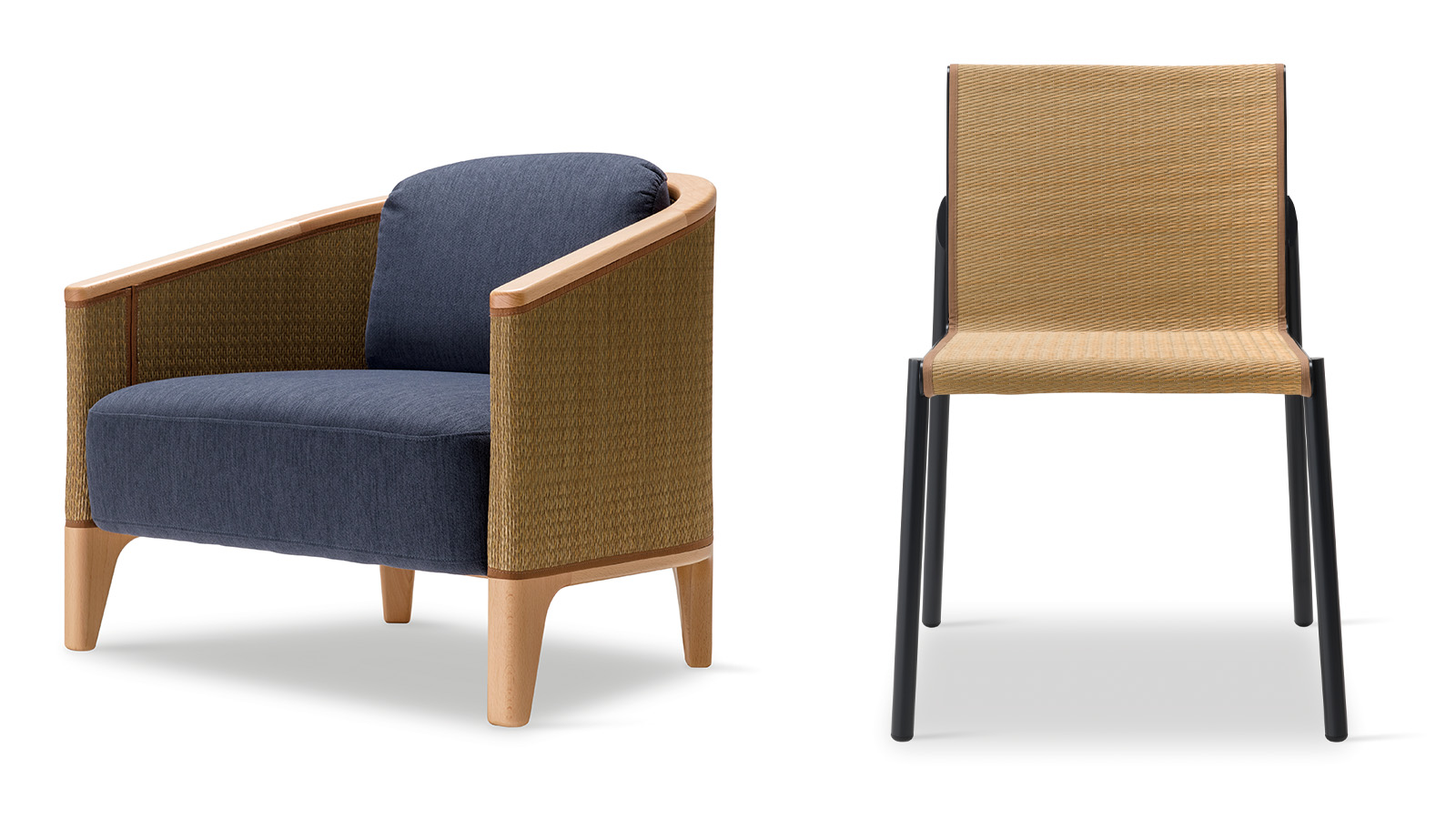
For more than 1,000 years, Yatsushiro, a small city wedged between seas and mountains in southern Japan, has been synonymous with one material: igusa, a type of rush used to make tatami mats. Today, the number of farmers has hit critically low levels – prompting one Japanese furniture company to create a dedicated brand that uses igusa in all its interior pieces, in a bid to revitalise the hard-hit industry.
Adal Look into Nature uses igusa across the spectrum – from chairs and screens to chaise longues and containers – with the earthy warm of the natural woven material balanced with clean and minimalist designs. The brand, which exhibited for the first time this year at Salone del Mobile in Milan, aims to create contemporary products that harmonise the relationship between humans, nature and the spaces they inhabit.
Adal Look into Nature and the revitalisation of the igusa industry in Japan
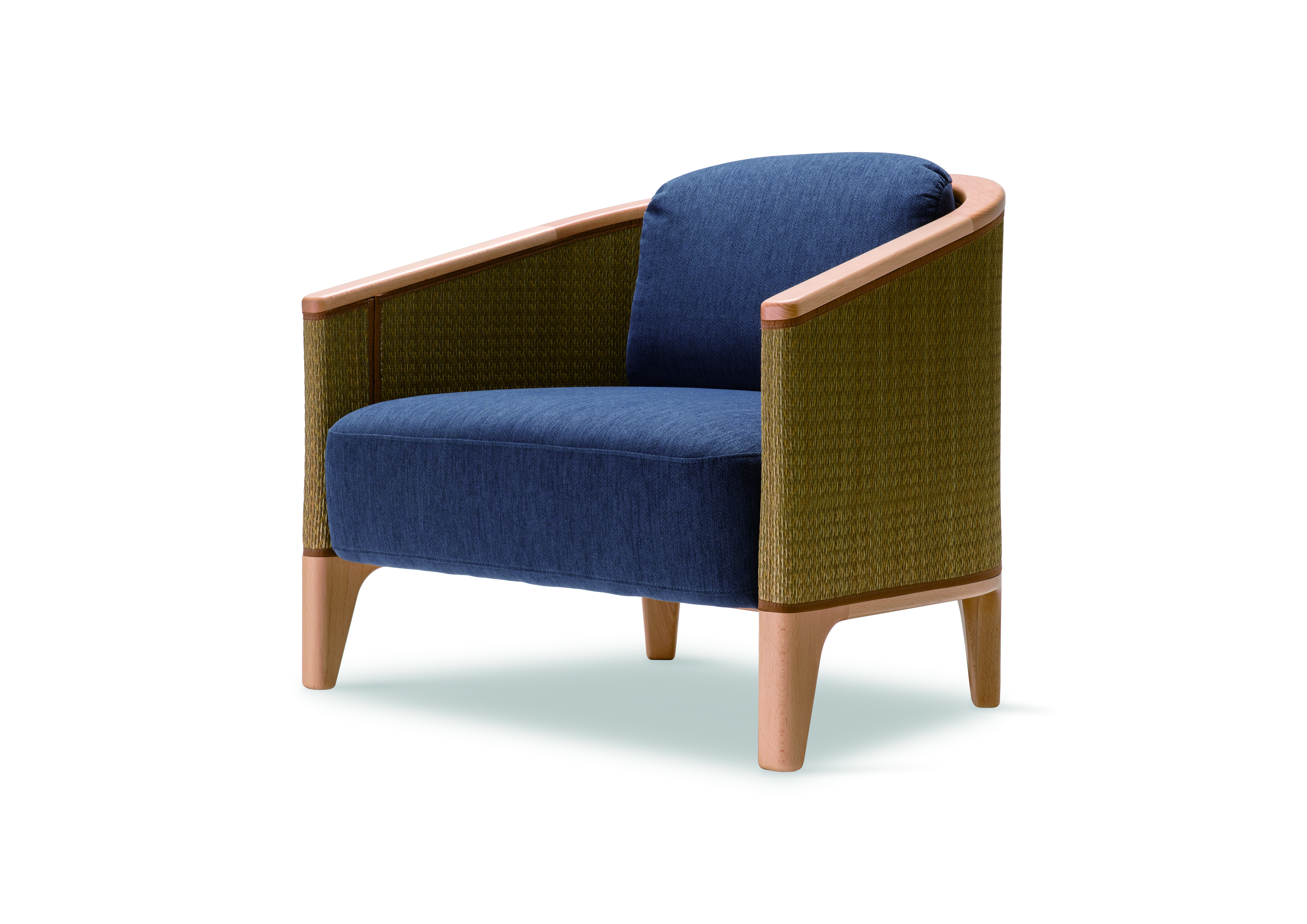
The Boku armchair embodies the perfect blend of East and West and is characterised by a clean, minimalist design signed Stone Designs. Manufactured with a metal and beech wood frame it has an upholstered seat and backrest in igusa providing a “warm embrace” and offered in various finishes
Kenji Hadama, global business director, explains to Wallpaper*: 'Japan’s oldest book, called the Kojiki, referred to the igusa industry, so we know it is at least 1,300 years old. But the industry has shrunk, due to cheaper imports, artificial alternatives and more Western lifestyles. 'Thirty years ago in Yatsushiro – where almost all of Japan’s igusa is made – there were 4-5,000 farmers. Today, there are around 250 – and only 50 of them have someone who can take over the business when they pass away.
'So within five to ten years, Japan’s igusa industry may disappear entirely. Our mission is to support this industry and help keep it alive. Our company can’t make tatami mats but we can make furniture using igusa and we want to spread this culture all over the world.'
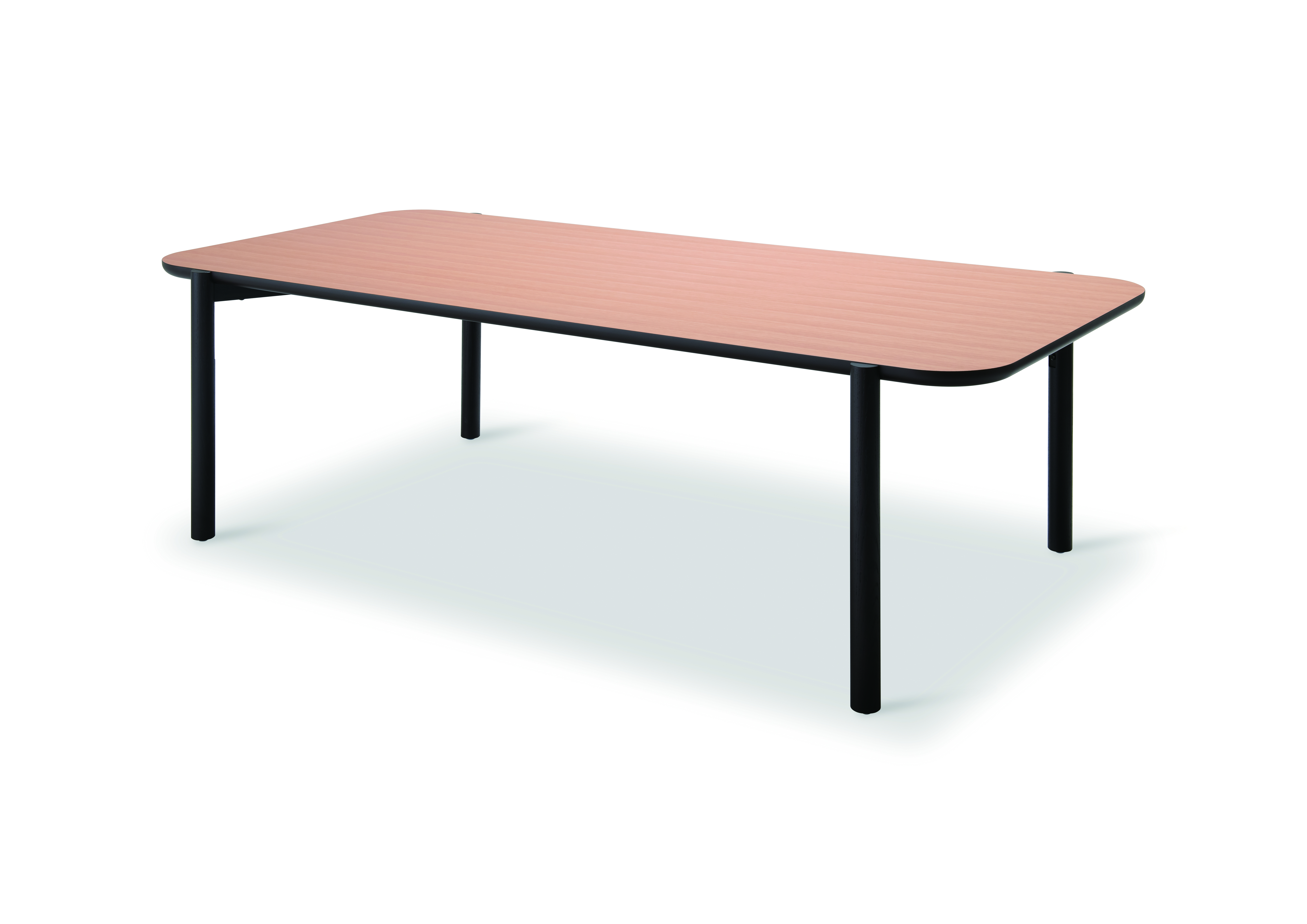
Sakyu Table features a frame in varnished steel to match the chairs and a beech wood top to emphasise the overall harmony
Based in the southern city of Fukuoka, Adal is a contract furniture company dating back to 1952, which first launched its Look into Nature collections featuring igusa interior products in Japan five years ago.
Igusa – a material which is strong, aromatic, deodorising and durable – is the main protagonist. Adal has created two new contemporary tatami mat weaves – Ami and Musubi – available in a minimal modern palette of seven shades for its furniture products.
Adal Look into Nature at Salone del Mobile 2024
This year, Adal Look into Nature showcased new igusa furniture pieces created by German designer Michael Geldmacher, including the Sakyu chair, with a varnished steel frame and a smooth flow of igusa weave wrapped holistically around the seat and backrest; as well as an accompanying table. Spanish studio Stone Designs also created Boku, an armchair with a clean metal and beech wood frame, whose curving lines contain igusa in a design described as a 'warm embrace'.
Wallpaper* Newsletter
Receive our daily digest of inspiration, escapism and design stories from around the world direct to your inbox.
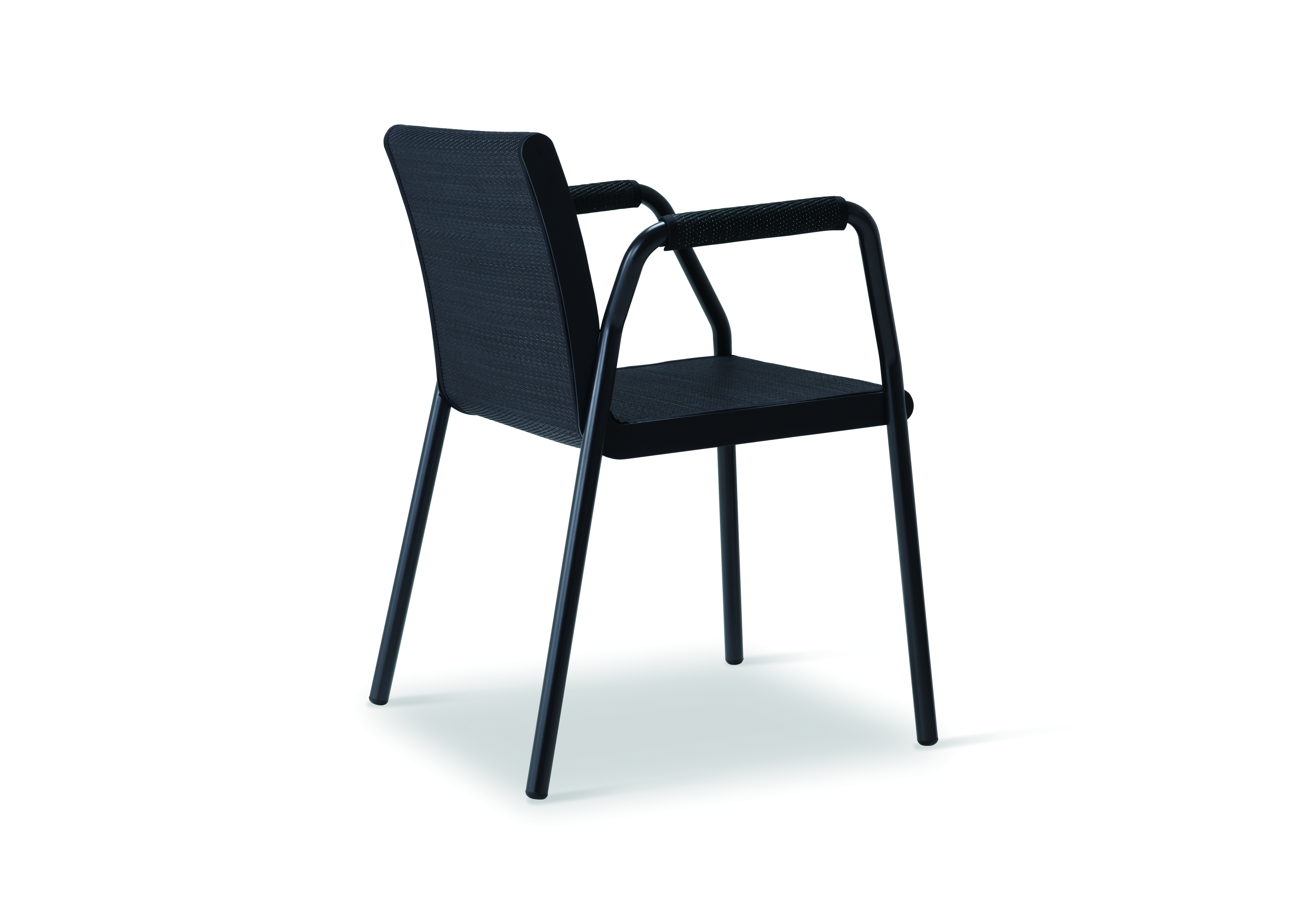
Designed by Michael Geldmacher, the Sakyu chair is offered in two versions, with and without armrests, and is made of varnished steel with backrest and seat in igusa in matching colours.
Describing how he was immediately drawn to the warmth of the igusa as a contemporary interior material, Geldmacher tells Wallpaper*: 'I love the idea behind Look into Nature that dedicates this collection to bringing igusa into a new context beyond Japan. In addition to the beauty of the material, it’s all based on a very important cause.'
Danielle Demetriou is a British writer and editor who moved from London to Japan in 2007. She writes about design, architecture and culture (for newspapers, magazines and books) and lives in an old machiya townhouse in Kyoto.
Instagram - @danielleinjapan
-
 Put these emerging artists on your radar
Put these emerging artists on your radarThis crop of six new talents is poised to shake up the art world. Get to know them now
By Tianna Williams
-
 Dining at Pyrá feels like a Mediterranean kiss on both cheeks
Dining at Pyrá feels like a Mediterranean kiss on both cheeksDesigned by House of Dré, this Lonsdale Road addition dishes up an enticing fusion of Greek and Spanish cooking
By Sofia de la Cruz
-
 Creased, crumpled: S/S 2025 menswear is about clothes that have ‘lived a life’
Creased, crumpled: S/S 2025 menswear is about clothes that have ‘lived a life’The S/S 2025 menswear collections see designers embrace the creased and the crumpled, conjuring a mood of laidback languor that ran through the season – captured here by photographer Steve Harnacke and stylist Nicola Neri for Wallpaper*
By Jack Moss
-
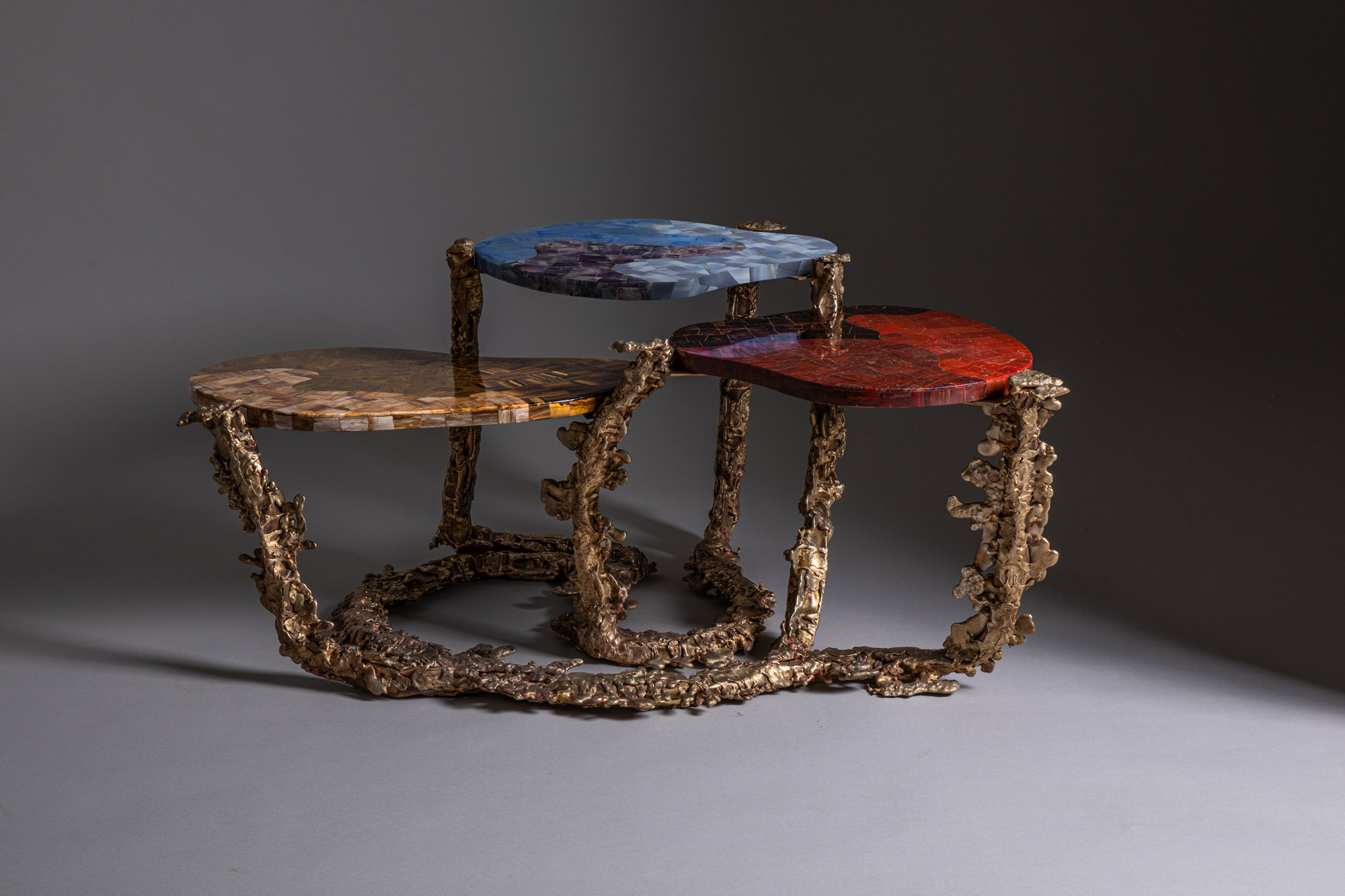 Inside the Shakti Design Residency, taking Indian craftsmanship to Alcova 2025
Inside the Shakti Design Residency, taking Indian craftsmanship to Alcova 2025The new initiative pairs emerging talents with some of India’s most prestigious ateliers, resulting in intricately crafted designs, as seen at Alcova 2025 in Milan
By Henrietta Thompson
-
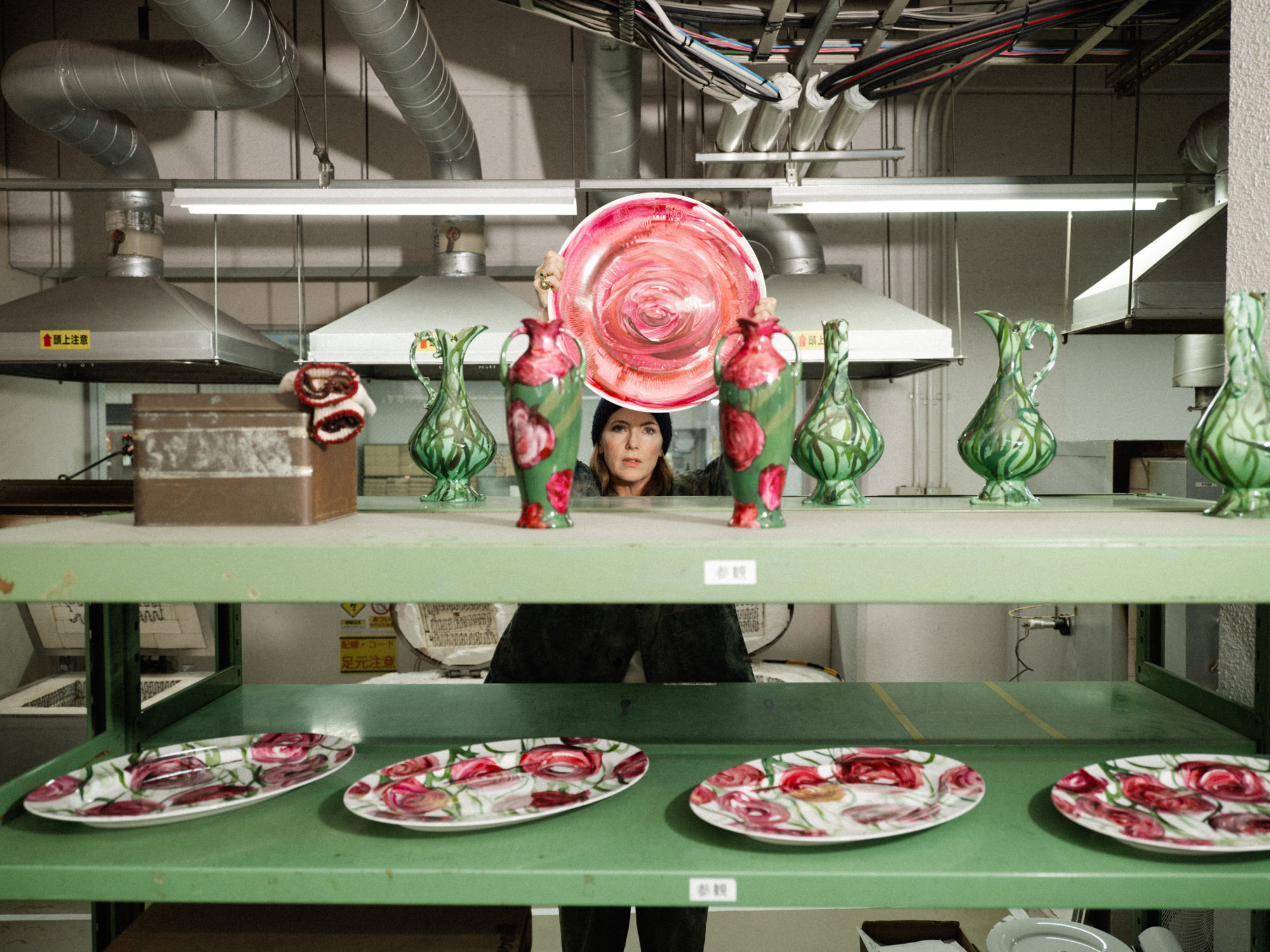 Faye Toogood comes up roses at Milan Design Week 2025
Faye Toogood comes up roses at Milan Design Week 2025Japanese ceramics specialist Noritake’s design collection blossoms with a bold floral series by Faye Toogood
By Danielle Demetriou
-
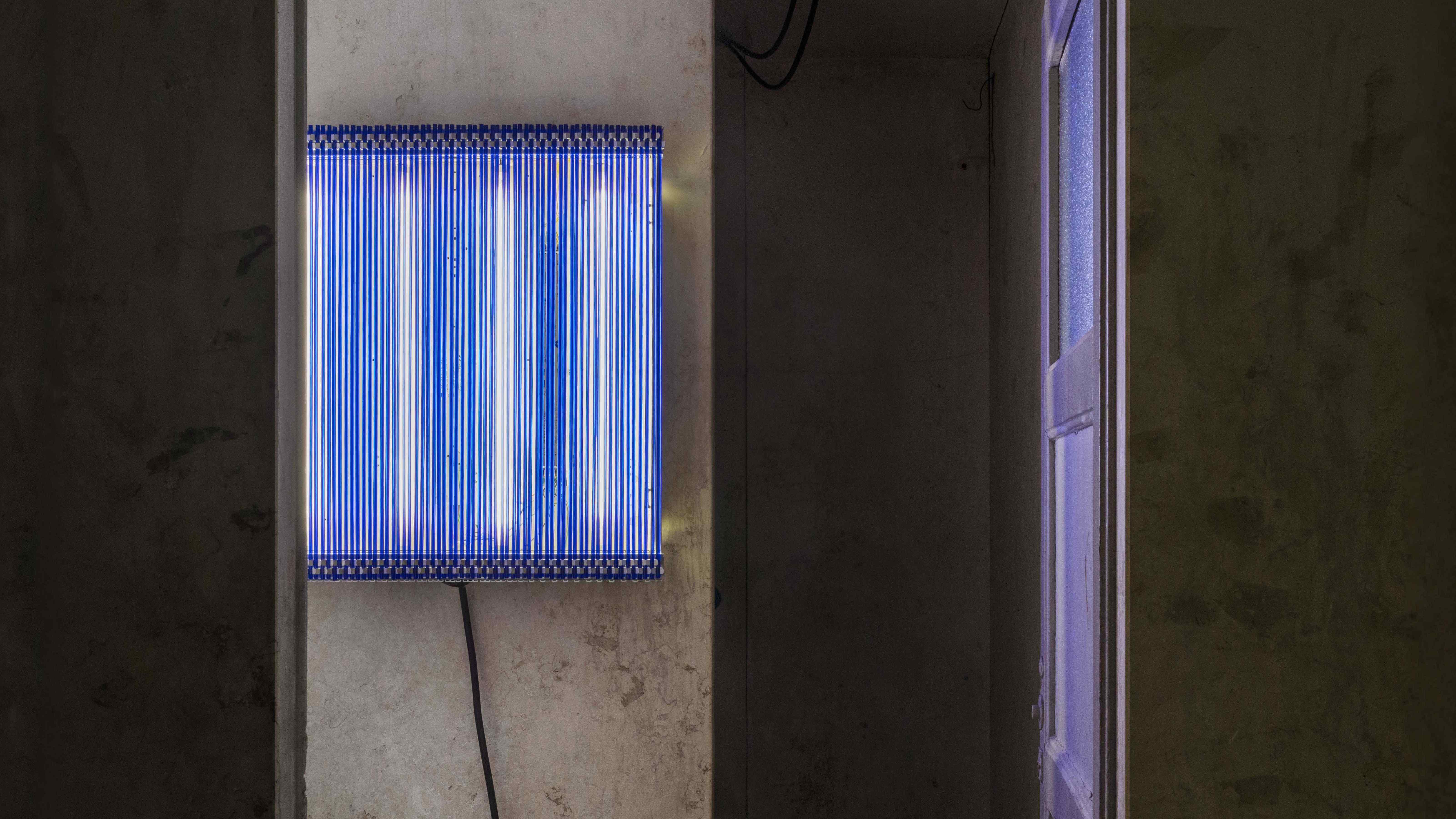 6:AM create a spellbinding Murano glass showcase in Milan’s abandoned public shower stalls
6:AM create a spellbinding Murano glass showcase in Milan’s abandoned public shower stallsWith its first solo exhibition, ‘Two-Fold Silence’, 6:AM unveils an enchanting Murano glass installation beneath Piscina Cozzi
By Ali Morris
-
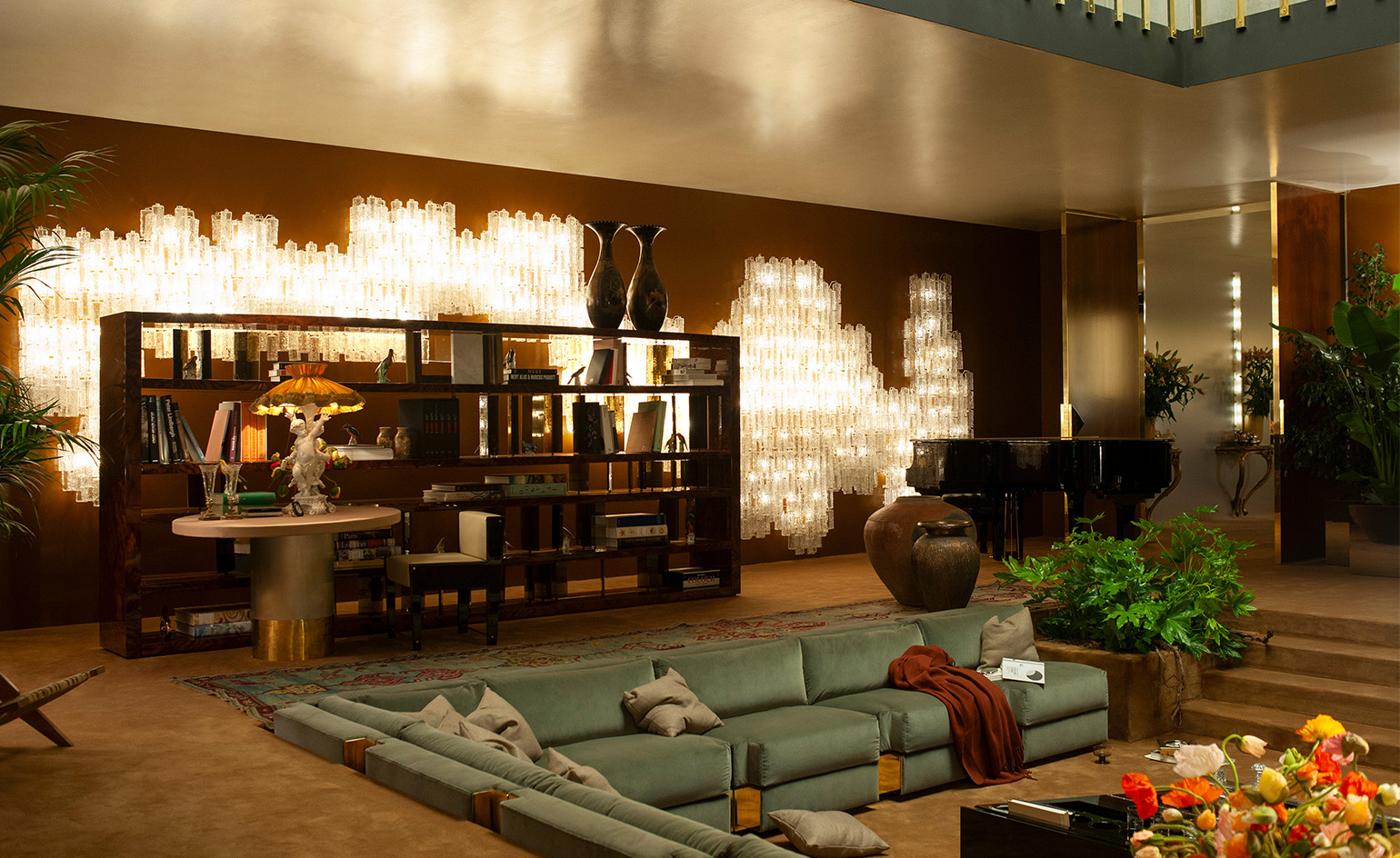 Dimoremilano and Loro Piana channel 1970s cinema in decadent Milan display
Dimoremilano and Loro Piana channel 1970s cinema in decadent Milan displayAt Milan Design Week 2025, Dimorestudio has directed and staged an immersive, film-inspired installation to present new furniture and decor for Loro Piana
By Dan Howarth
-
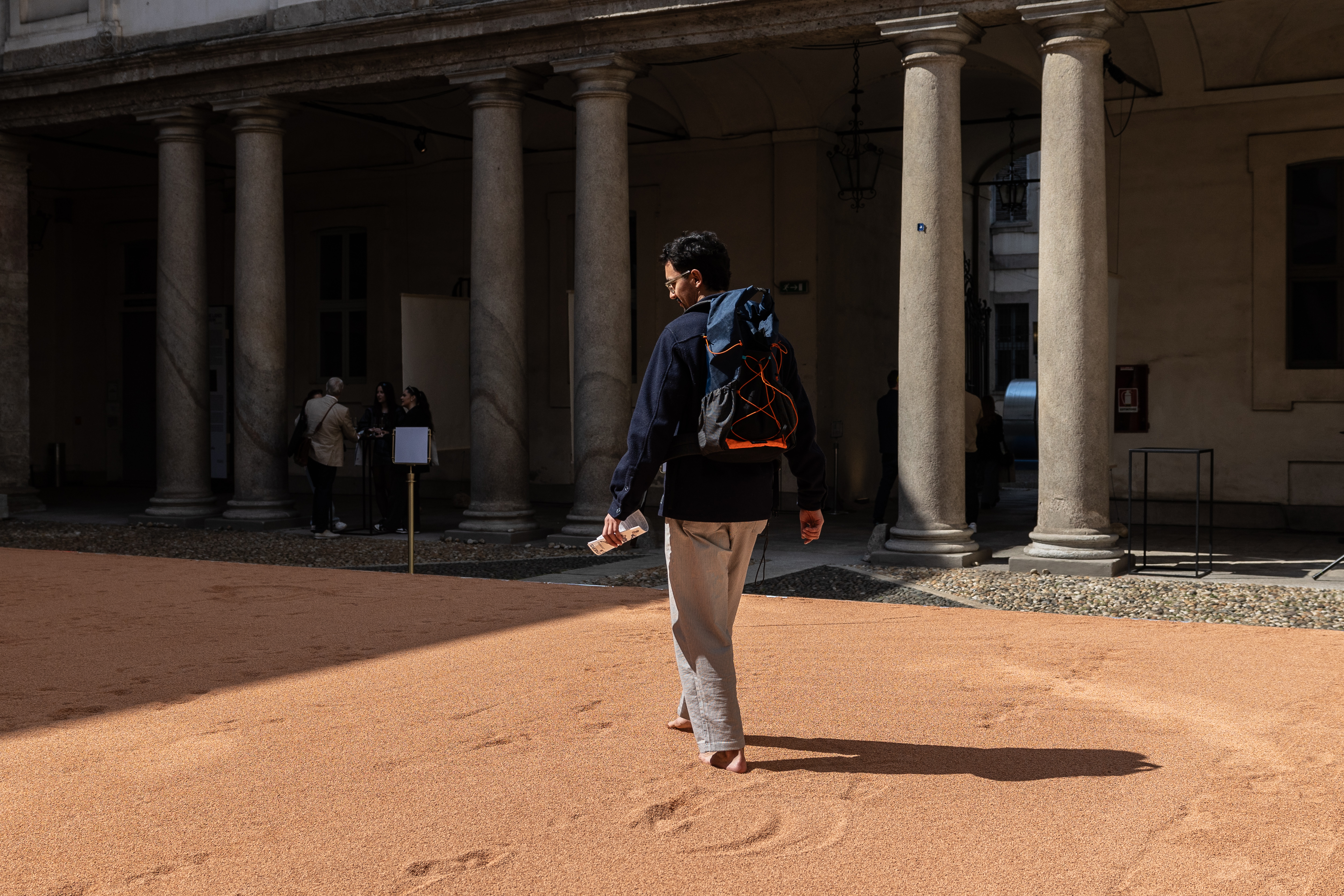 In Milan, MoscaPartners presents a poetic exploration of ‘migration’
In Milan, MoscaPartners presents a poetic exploration of ‘migration’Alongside immersive work by Byoung Cho, MoscaPartners’ Milan Design Week 2025 display features an accessible exhibition path designed for visually impaired visitors
By Cristina Kiran Piotti
-
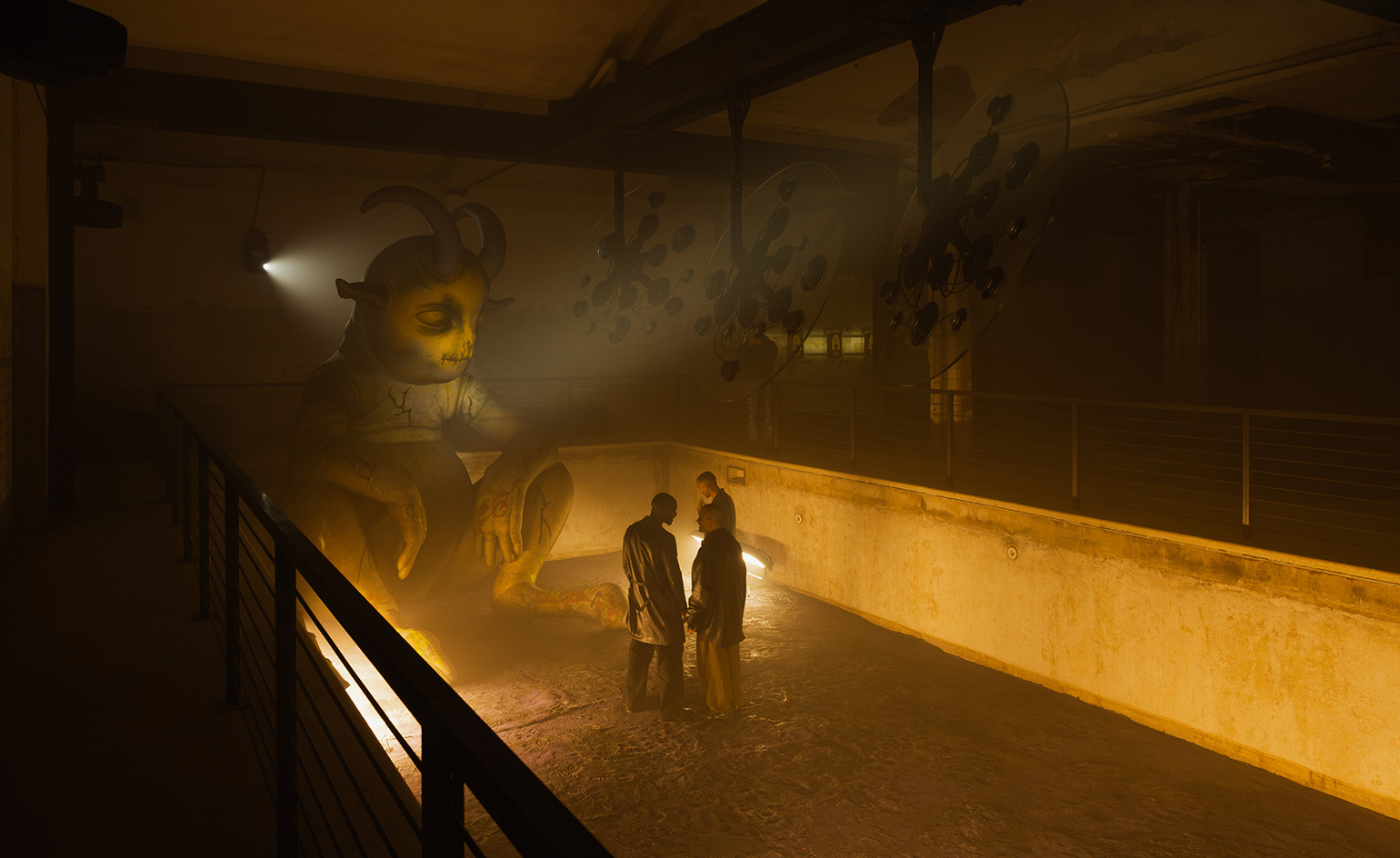 The making of PAN and Nike’s euphoric, club-inspired collaboration at Milan Design Week
The making of PAN and Nike’s euphoric, club-inspired collaboration at Milan Design WeekAlongside a new Air Max 180 release, ‘The Suspended Hour’ display sees Berlin record label PAN imagine the unfolding of a club night, from dusk until dawn
By Craig McLean
-
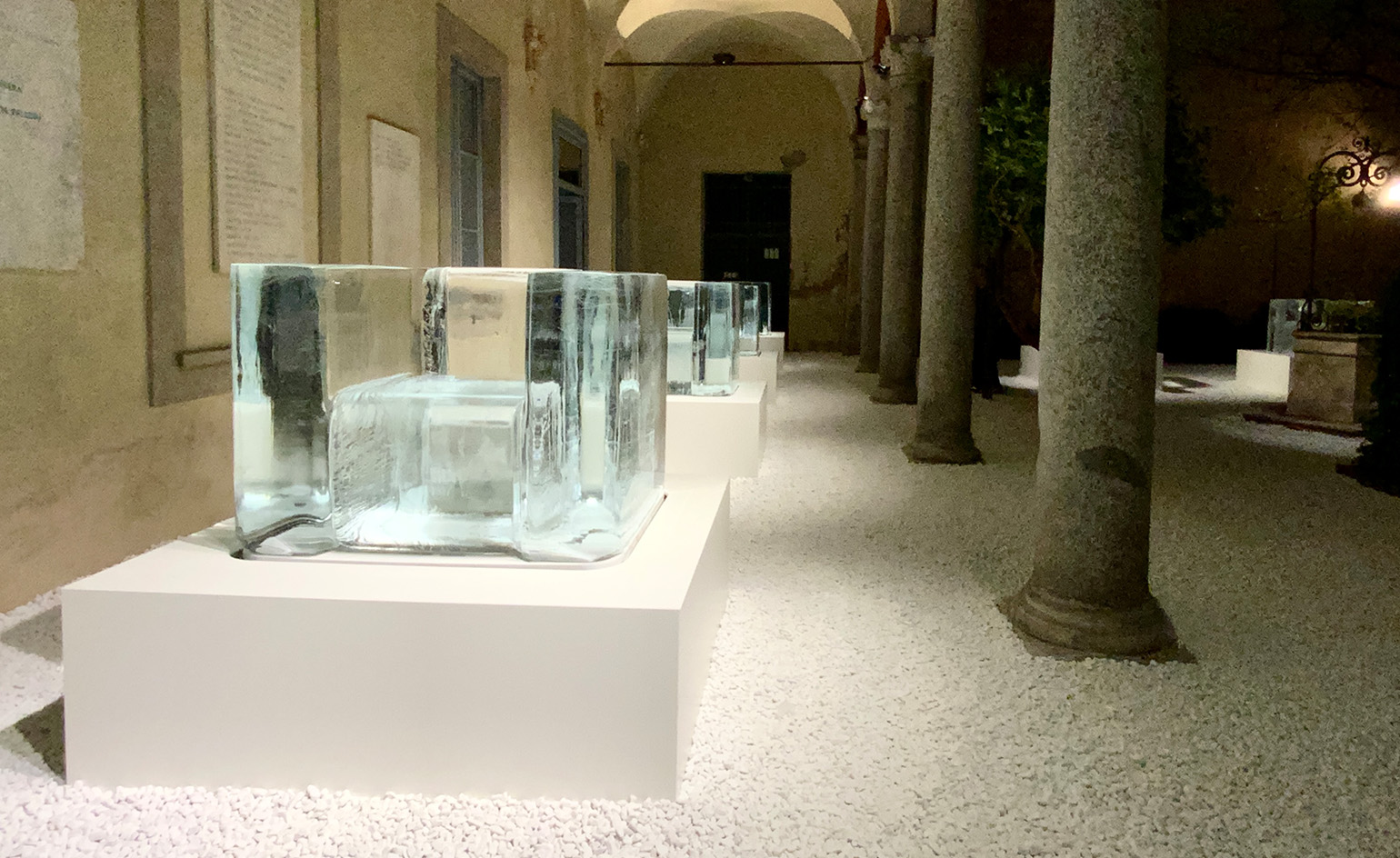 Tokujin Yoshioka’s ephemeral ice furniture is made to melt in Milan
Tokujin Yoshioka’s ephemeral ice furniture is made to melt in MilanTransparent chairs of frozen water slowly disappear during Milan Design Week 2025, in an expression of light by Japanese artist Tokujin Yoshioka
By Danielle Demetriou
-
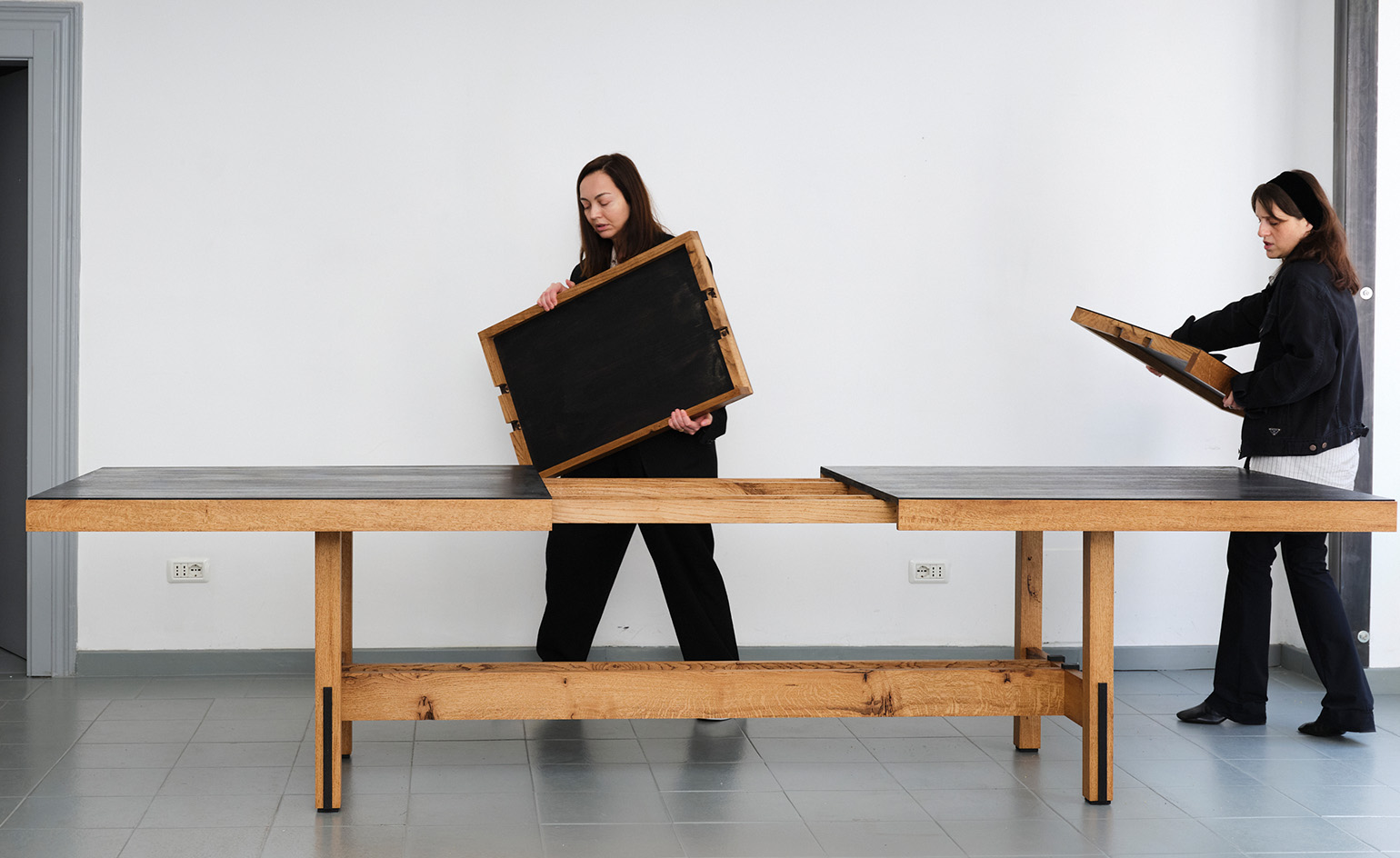 In Milan, Rooms Studio examines Georgia’s shifting social landscape
In Milan, Rooms Studio examines Georgia’s shifting social landscapeExpandable tables that reference recent government protests and lamps held together with ‘chewing gum’ feature in the Tbilisi-based studio’s Milan Design Week 2025 installation
By Dan Howarth